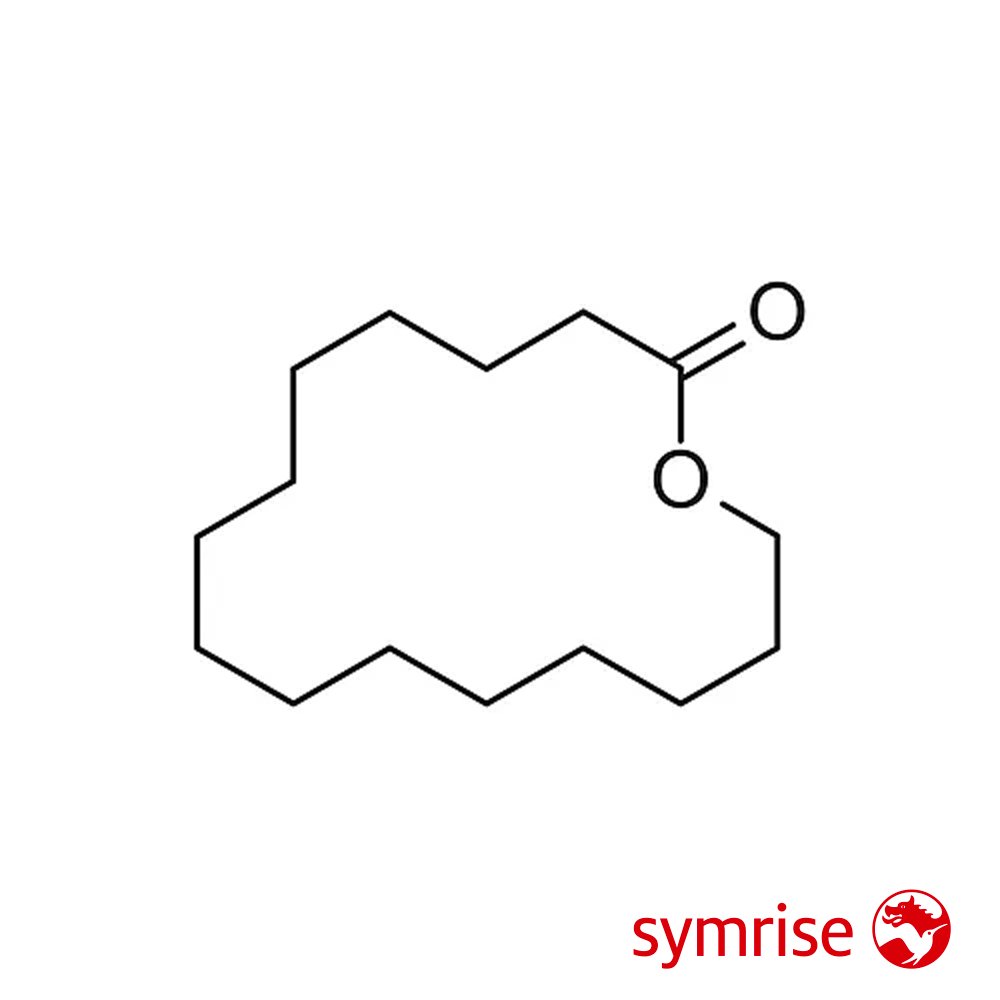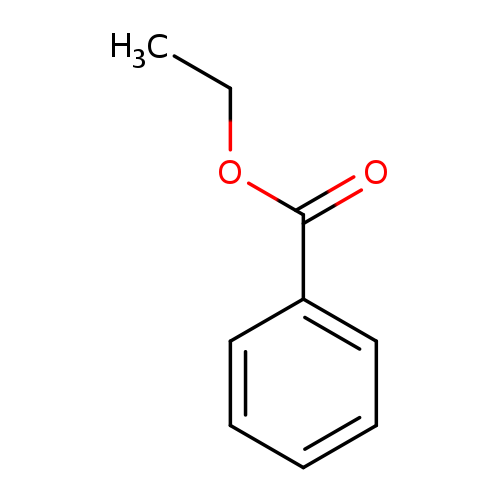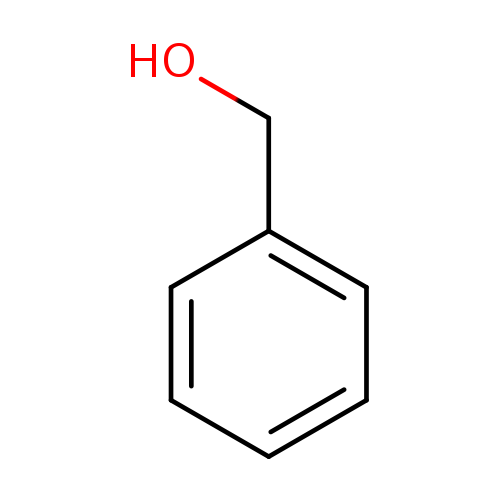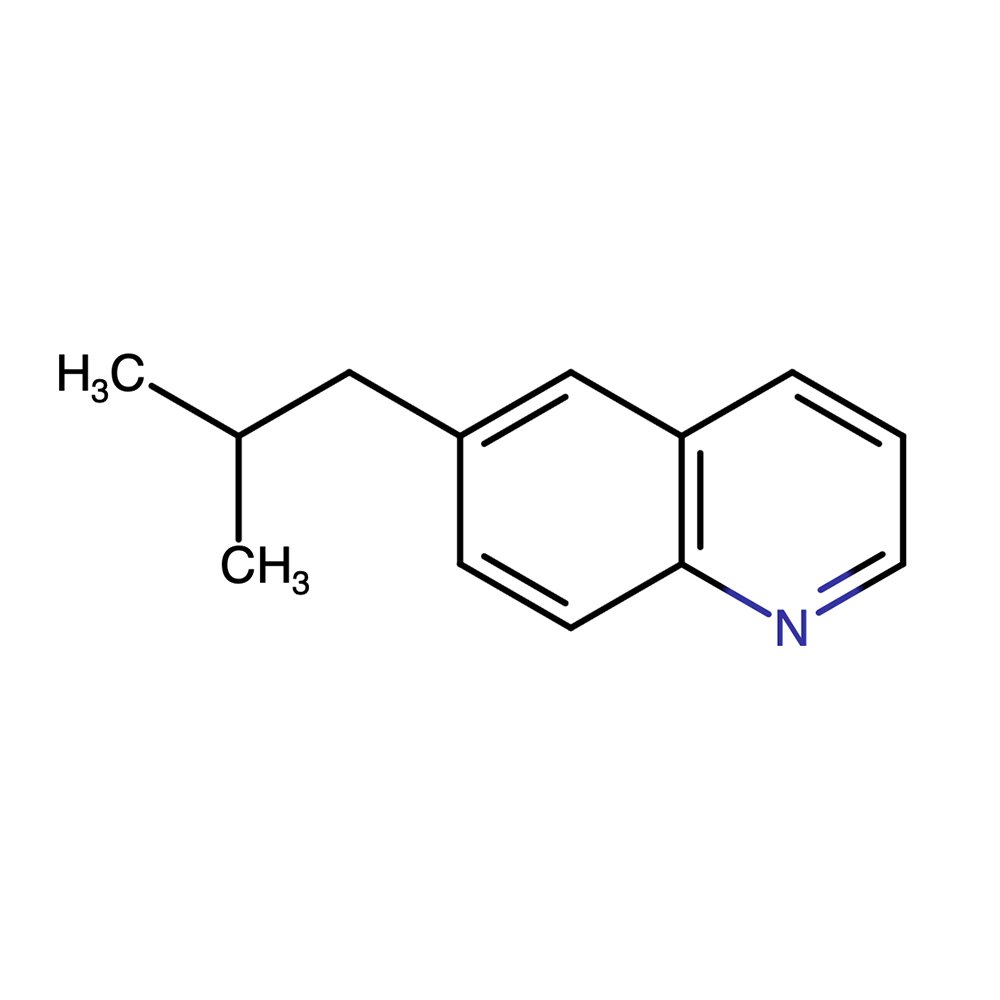Gamma Nonalactone (Aldehyde C18)
Synthetic Ingredient for Perfumery
Gamma Nonalactone or Aldehyde C18, known for its intense coconut aroma, is a versatile fragrance component with applications ranging from luxury perfumes to cost-effective odor masking. This creamy, coconutty, and floral-musky scent is valued for its excellent tenacity. It enhances floral notes in Gardenia, Tuberose, and Jasmine, and contributes to modern, musky, and Oriental fragrances.
Its sweetness and strength, often paired with Undecanolide, must be carefully balanced to avoid overpowering the fragrance.
Synthetic Ingredient for Perfumery
Gamma Nonalactone or Aldehyde C18, known for its intense coconut aroma, is a versatile fragrance component with applications ranging from luxury perfumes to cost-effective odor masking. This creamy, coconutty, and floral-musky scent is valued for its excellent tenacity. It enhances floral notes in Gardenia, Tuberose, and Jasmine, and contributes to modern, musky, and Oriental fragrances.
Its sweetness and strength, often paired with Undecanolide, must be carefully balanced to avoid overpowering the fragrance.
Synthetic Ingredient for Perfumery
Gamma Nonalactone or Aldehyde C18, known for its intense coconut aroma, is a versatile fragrance component with applications ranging from luxury perfumes to cost-effective odor masking. This creamy, coconutty, and floral-musky scent is valued for its excellent tenacity. It enhances floral notes in Gardenia, Tuberose, and Jasmine, and contributes to modern, musky, and Oriental fragrances.
Its sweetness and strength, often paired with Undecanolide, must be carefully balanced to avoid overpowering the fragrance.
🏭 Manufacturer — Symrise
📂 CAS N° 104-61-0
⚖️ MW — 156.22 g/mol
♨️ VP (20°C) — 1.18X10-2 mm Hg at 25 °C (est)
📝 Odor Type — Fruity Coconut
📈 Odor Strength — Medium, estimated tenacity around 300hrs.
👃🏼 Odor Profile — Very intense coconut smell, Creamy, coconutty, delicately fruity (in extreme dilution) and floral-musky odor of excellent tenacity.
⚗️Uses — Its field of application reaches from the finest luxury perfumes to inexpensive masking odors, from Gardenia flower bases to Coconut candy flavors, etc. Its intense sweetness and tenacity are often utilized alongside Undecanolide (so-called Aldehyde C-14) in Gardenia, Tuberose, Honeysuckle, Stephanotis, Plumeria, Jasmin, and many other heavy floral types. Modern fantasy perfumes with emphasis on musk and lactones may include the title material and produce an unusual fixative effect of overwhelming sweetness, and novel versions of Oriental fragrance types can be made with Sandalwood, Styrax, and the tide lactone as part of the base. The perfumer often underestimates its power (if he has no experience as a flavorist) and the lactone will “grow” out of the perfume and unpleasantly dominate the fragrance. (S. Arctander)
WHAT IS GAMMA NONALACTONE (ALDEHYDE C-18)?
Gamma Nonalactone is a fragrance and flavors ingredient reported to be found in nature in peaches and apricots. It is in public use since the 1920s.
This material is one of the most frequently used Lactones in perfumes and flavors.
The material is erroneously called aldehyde c18 but chemically is a lactone. Understand that at first sight.
In flavors, the lactone finds even more extensive use, and often in much higher concentrations. Besides Coconut, this material is used in imitation Bitter-almond, in fruit blends (fixative), berry complexes, nut variations, American Cherry flavor, etc. the concentration may vary from 10 to 50 ppm in the finished product.
PRODUCTION
from Methyl acrylate plus Hexanol with Di-Tertiary-butylperoxide.
From Undecylenic acid with malonic acid compensation
From nonanoic Acid to Lactonization
NATURAL OCCURRENCE
Reported found in peaches, apricots, roasted barely, rum, tomato, currants, guava, raisin, papaya, peach, pineapple, blackberry, strawberry jam, asparagus, wheat and crispbread, Camembert cheese, butter, milk, chicken, beef, lamb and pork fat, cooked beef and pork, beer, cognac, whiskies, sherry, grape wines, cocoa, green tea, pecan, oats, soybean, avocado, passion fruit, plum, plumcot, beans, mushroom, starfruit, fenugreek, mango, tamarind, rice, prickly pear, buckwheat, licorice, malt, wort, cherimoya, Bourbon vanilla, shrimp, nectarine, maté, and sweetgrass oil.
Sources and information
Symrise
Perfume and flavor chemicals
http://www.leffingwell.com/chirality/pentylbutanolide.htm
Monographs on Fragrance Raw Materials, D. L. J. OPDYKE, Research Institute for Fragrance Materials, Inc., Englewood Cliffs, New Jersey 07632, USA
Fenaroli’s Handbook of Flavor Ingredients 1971






